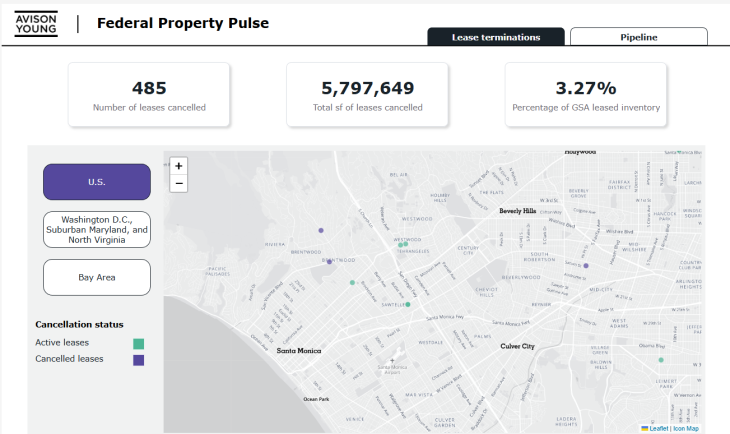Diamonds, whether mined from the earth or grown in a lab, are not the same. While there are flawless diamonds, the great majority of engagement rings and fine jewelry contain flawed diamonds. It is all about deciding how big, perfect, and much it is all worth to you when selecting the ideal diamond.
Using the 4 C’s, you must strike the correct balance between diamond features and value. Cut, Color, Clarity, and Carat all contribute to a diamond’s attractiveness. However, it is difficult to isolate any one factor.
Within each diamond, the 4 C’s interact with one another as a whole.
Cut Grade
The “Cut” of a diamond is possibly the essential factor in determining its beauty. The quality of a diamond’s angles, dimensions, symmetrical facets, brilliance, fire, scintillation, and finishing elements gets referred to as “Cut.” These characteristics directly impact a diamond’s capacity to sparkle as well as its overall appearance.
The cut grade, which is sometimes confused with a diamond’s shape, refers to how a diamond’s facets interact with light. Because diamonds are known for their radiance, it is no surprise that this C is so vital to a diamond’s overall quality. A diamond can get cut in various ways, from very accurate and expensive to cheap and sloppy.
Even if two diamonds have the same cut grade on the diamond cuttable, the cuts of diamonds and diamond cutters differ greatly. When a cutter aims for maximum Carat weight, the diamond may be overly deep or shallow for best light reflection. A diamond may also get cut to reduce the number of imperfections, boosting its clarity while sacrificing maximum sparkle. Even an ideal cut diamond might have an overly visible yellow hue that detracts from the gem’s attractiveness.
Because cut is so important to a diamond’s intrinsic beauty, it is critical to examine it thoroughly and seek the advice of a professional.
Diamond Color
Diamond color, strangely enough, refers to the absence of color. Perfect begins with D (colorless) and ends with Z (visible color). Anything above the letter Z gets referred to as a “fancy color.” Most rings sold in the United States are in the H, I, or J range, which means they have a color cast, making them imperfect but less expensive. The hue will usually be undetectable to the human eye. Color tints are more noticeable in diamonds in the lower range.
While the diamond color chart depicts how each grade appears, it is critical to examine each diamond separately. The color of a diamond can vary depending on the cut, carat weight, and form of the gem.
The most important feature of color is to see if it seems colorless in comparison to its surroundings. You also want to make sure that a diamond is free of any tinting that reduces or interferes with the reflection of white and colored light.
Diamond Clarity
Inclusions and blemishes occur during the growing process of diamonds, whether mined or lab-grown. There are several grades of diamonds, ranging from Flawless to Included.
Only a few gems are flawless. When selecting a diamond clarity that is both stunning and cheap, you must first decide how many flaws you are willing to accept. You should also examine the location of the deficiencies concerning the setting with which will match them.
For this matter, bezel settings often mask defects at the edge, whereas peg-head settings may make them more evident.
Carat Weight
When most people hear the term “carat weight,” they assume it relates to the diamond’s size. Carat, however, refers to the diamond’s weight rather than its size. A 1-carat diamond weighs about the same as a quarter of a raisin and weighs 200 milligrams or 0.2 grams.
While carat weight is important when purchasing a diamond, the overall beauty and brilliance should get prioritized.
Conclusion
Each of the 4 C’s contributes to a diamond’s overall beauty and uniqueness. However, a diamond should get considered as a whole.
Aside from the 4 C’s, the store’s policies and environmental impact are other crucial factors to consider when purchasing diamonds. Diamonds are truly forever. Unfortunately, the devastation caused by their removal may also last indefinitely.
Fortunately, people can now have a say in where their diamonds originate. They can purchase diamonds that have gotten mined from the earth or diamonds that have gotten made in more ethical and productive methods. Ultimately, you can contribute to the global fight for good environmental change by purchasing lab-grown diamonds.






















